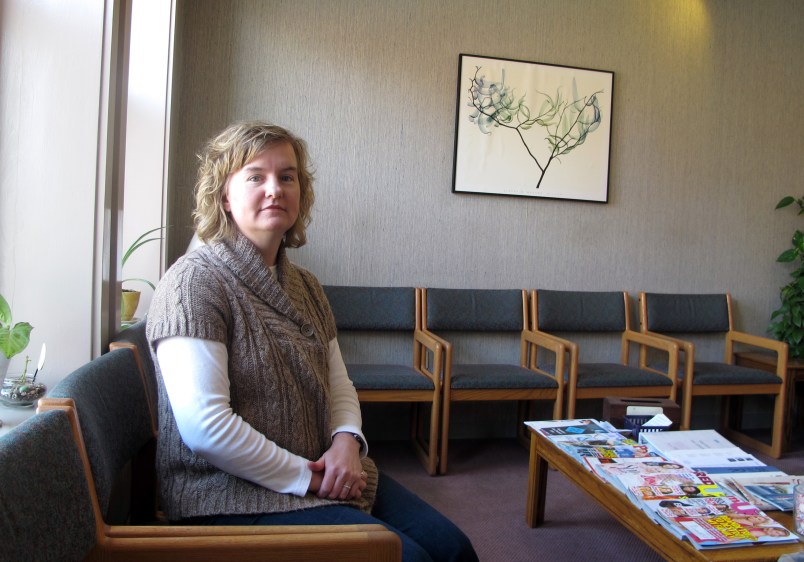A new report from the United Nations strongly criticized how the Vatican and Catholic Church handled—or, more precisely, did not handle—child sexual abuse involving priests. And while the bulk of the report rightly blasted the Church for its policies that allowed clerics to abuse thousands of children, it also urged the Holy See to reconsider its positions on homosexuality, contraception and whether abortion can be permitted for young women when their lives are in danger. The report also warned of the dangers of “clandestine abortion,” which occurs in many Latin American countries where abortion is strictly illegal.
That’s a particularly striking phrase, all the more so for the extent to which the very concept of clandestine or illegal abortions has faded from the collective American consciousness, where abortion has been legal — though often highly restricted — for over four decades. Yet while the U.N. report may have been directed solely at the Catholic Church, many women of all ages in the U.S. face dauntingly high barriers to accessing safe and competent abortion care.
Eyal Press recently addressed these issues in a New Yorker article about Steven Brigham, an abortion provider who for years provided substandard care to women in several states. Brigham’s entire story is lengthy, complex, and fascinating, but it seems clear that one of the reasons he was able to operate clinics for so long despite his failings is because there is a serious lack of abortion providers in this country.
In 2011, 89 percent of all U.S. counties lacked an abortion provider; there were just over 1,700 doctors who performed a procedure that an estimated one in three women will have undergone by age 45. There are many reasons for the scarcity of providers: a lack of adequate training in medical schools and residency programs; the reluctance of many medical practices to provide abortion care; the difficulty of performing most abortions in a hospital setting; the very real threat of physical danger to providers; and the pervasive stigma surrounding all aspects of abortion, from the women that choose the procedure to the medical professionals that provide it. But another reason has become more apparent in recent years, and that is the political climate.
It’s likely that by now even fewer counties lack a provider, as states have passed measures aimed at making abortion care more difficult for women to access and doctors to provide. For example, Pennsylvania law requires that clinics install hands-free sinks, and Virginia requirements include specifications for entrance awnings. While these laws have nothing to do with patient safety, they do ensure that clinics will either need to undergo costly renovations to comply with the requirements, or close if they do not have the resources to do so.
Removing safe abortion care from a community does not mean that the need for abortions will magically disappear. It doesn’t mean that the need for other health services that many clinics provide will suddenly vanish, either. What it means is that women and men that may have relied on these clinics for comprehensive medical care will be forced to travel further to access legal care; and that women who choose not to continue their pregnancies will turn to, yes, clandestine means to terminate those pregnancies. For example, in Texas, women go to Mexico to buy misoprostol, which is used in medication abortions; if they don’t have passports, they’re buying the drug at flea markets.
Now, I go to my neighborhood flea market on a pretty regular basis to look for artwork and jewelry and sometimes furniture. But it’s not where I’d go if I needed to find medical care. Yet the fact that women are forced to do just that—not to mention leave a country where abortion has ostensibly been legal for over four decades in order to terminate their pregnancies—is a travesty, plain and simple. Such policies make it clear that clandestine abortion could very well become a reality in the U.S. once again—if, indeed, it ever truly went away. Is this what anti-choice legislators mean when they justify these laws as being in the best interests of women’s health?
Sarah Erdreich is the author of Generation Roe: Inside the Future of the Pro-Choice Movement. She lives in Washington, D.C. with her family.
—
In this Feb. 20, 2013 file photo Tammi Kromenaker, director of the Red River Valley Women’s Clinic, North Dakota’s sole abortion provider, sits in the waiting area of the downtown Fargo facility. (AP Photo/Dave Kolpack)






